Russia threatens West with missile deployment
Russian President Dmitry Medvedev on Wednesday warned that Russia could deploy Iskander missiles to the EU’s borders.
Wednesday, 23.11.2011.
16:53

Russian President Dmitry Medvedev on Wednesday warned that Russia could deploy Iskander missiles to the EU’s borders. He explained that Russia could deploy the missiles if the U.S. set up the European missile defense system. Russia threatens West with missile deployment "The Russian Federation will deploy in the west and the south of the country modern weapons systems that could be used to destroy the European component of the U.S. missile defense," the Russian president stated. “One of these steps could be the deployment of the Iskander missile systems in Kaliningrad," he said in a televised address, Itar-Tass has reported. Medvedev also said the problem could lead to Russia quitting the Strategic Arms Reduction Treaty (START) for nuclear arms cuts with the U.S. that Medvedev signed with President Barack Obama in April 2010. The Kaliningrad region is Russia’s westernmost point that borders EU members Poland and Lithuania. Ever since the USSR collapsed the area has been physically isolated from Russia. It is also believed to be the most militarized area in Russia - it is a place where the Baltic Fleet, two air bases and a naval-air base are located. The range of the Iskander missiles is from 280 to 500 kilometers but the Russian officials claim that there are already missiles that could have a range of 2,000 kilometers. The Iskander missiles can carry both regular and nuclear warheads. The Iskander missile is 7.2 meters long, weighs 3,800 kilograms and travels 2,100 meters per second. According to military experts, Iskander could destroy targets in the Baltic countries and Poland from the Leningrad area and targets in Germany from the Kaliningrad area. Dmitry Medvedev (Tanjug) NATO: Threats not useful Threats to deploy the missiles near the NATO allies are not useful, NATO told Russia on Wednesday. “We have acknowledged what President Medvedev has said and we will carefully analyze it. Threats to deploy the missiles in proximity of NATO allies are not useful,” said NATO Spokeswoman Oana Lungescu stressed. She added that NATO welcomed Medvedev’s statement that Russia was not closing a door to continuation of the dialogue with the U.S. about the missile defense and that it was ready for a practical cooperation in that area. Russian Ambassador to NATO Dmitry Rogozin said on Wednesday that Russia’s response to the missile defense system in Europe should not be seen a start of a new arms race. “Our responses are asymmetrical and economical and they will not require additional expenses,” Rogozin stressed. He added that Russia would continue consultations with NATO and the U.S. regarding the European missile defense system until the “point of no return is reached”, and that is deployment of the missile system in Europe.
Russia threatens West with missile deployment
"The Russian Federation will deploy in the west and the south of the country modern weapons systems that could be used to destroy the European component of the U.S. missile defense," the Russian president stated.“One of these steps could be the deployment of the Iskander missile systems in Kaliningrad," he said in a televised address, Itar-Tass has reported.
Medvedev also said the problem could lead to Russia quitting the Strategic Arms Reduction Treaty (START) for nuclear arms cuts with the U.S. that Medvedev signed with President Barack Obama in April 2010.
The Kaliningrad region is Russia’s westernmost point that borders EU members Poland and Lithuania.
Ever since the USSR collapsed the area has been physically isolated from Russia. It is also believed to be the most militarized area in Russia - it is a place where the Baltic Fleet, two air bases and a naval-air base are located.
The range of the Iskander missiles is from 280 to 500 kilometers but the Russian officials claim that there are already missiles that could have a range of 2,000 kilometers. The Iskander missiles can carry both regular and nuclear warheads.
The Iskander missile is 7.2 meters long, weighs 3,800 kilograms and travels 2,100 meters per second.
According to military experts, Iskander could destroy targets in the Baltic countries and Poland from the Leningrad area and targets in Germany from the Kaliningrad area.
NATO: Threats not useful
Threats to deploy the missiles near the NATO allies are not useful, NATO told Russia on Wednesday.“We have acknowledged what President Medvedev has said and we will carefully analyze it. Threats to deploy the missiles in proximity of NATO allies are not useful,” said NATO Spokeswoman Oana Lungescu stressed.
She added that NATO welcomed Medvedev’s statement that Russia was not closing a door to continuation of the dialogue with the U.S. about the missile defense and that it was ready for a practical cooperation in that area.
Russian Ambassador to NATO Dmitry Rogozin said on Wednesday that Russia’s response to the missile defense system in Europe should not be seen a start of a new arms race.
“Our responses are asymmetrical and economical and they will not require additional expenses,” Rogozin stressed.
He added that Russia would continue consultations with NATO and the U.S. regarding the European missile defense system until the “point of no return is reached”, and that is deployment of the missile system in Europe.



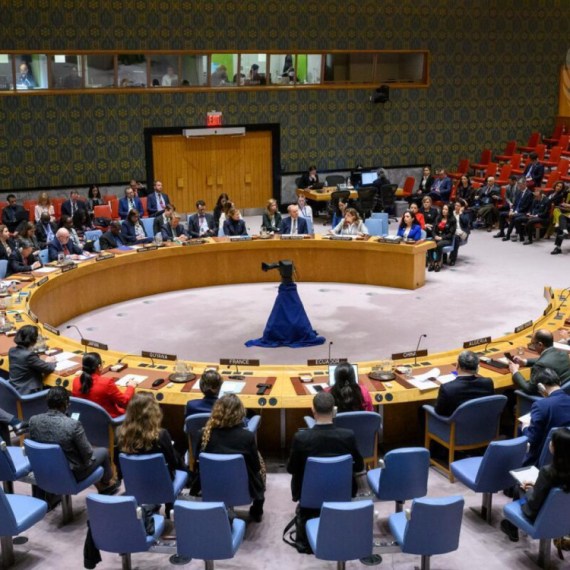
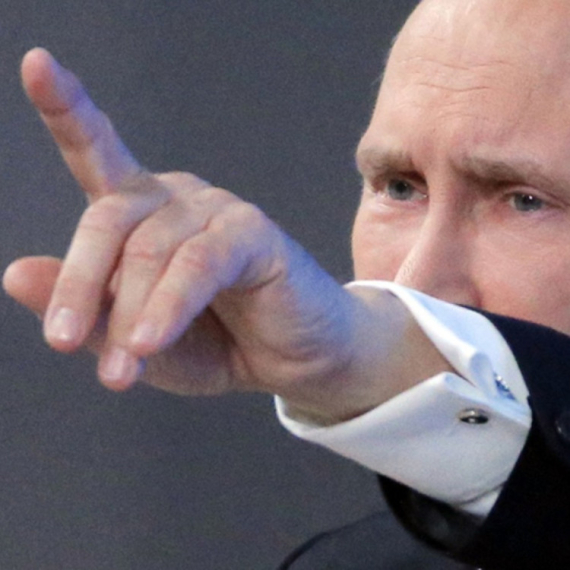
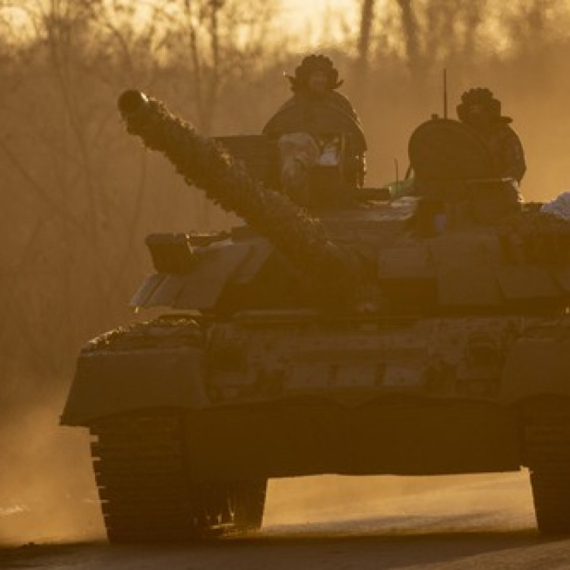
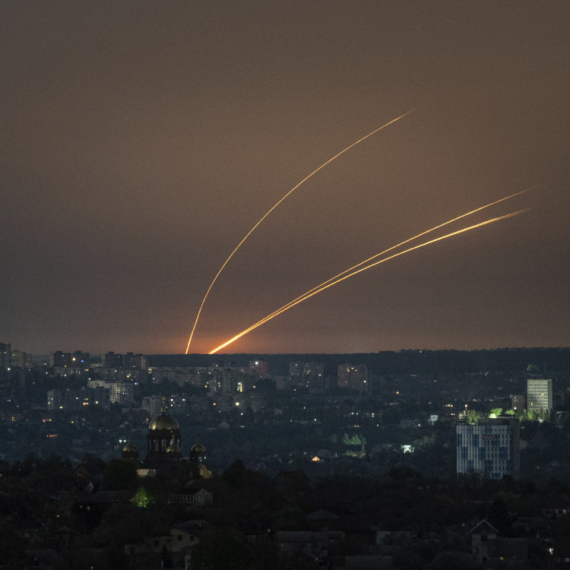








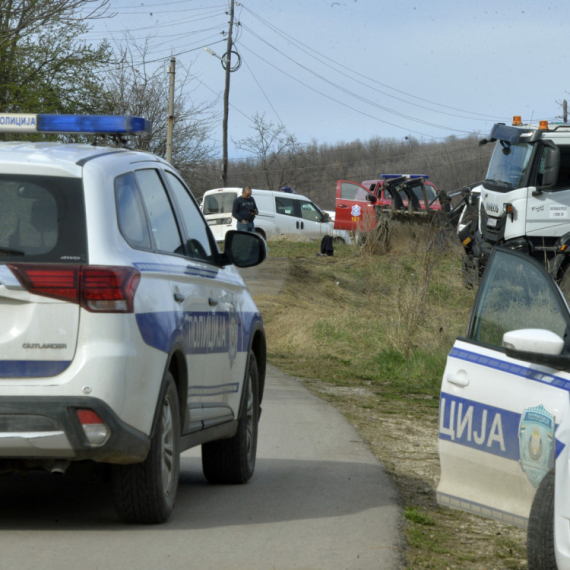


















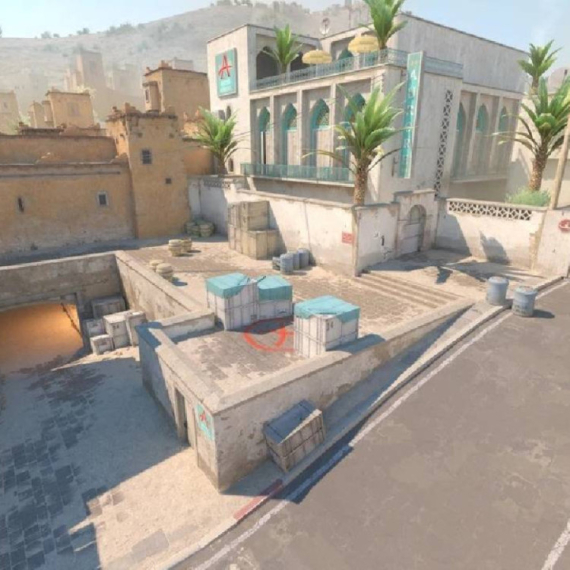




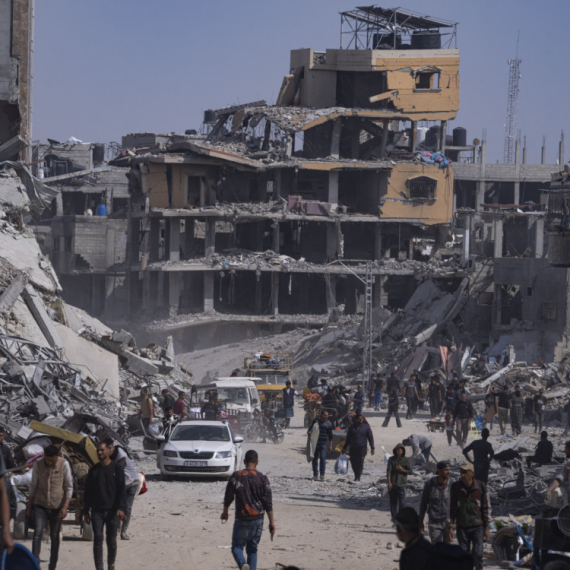

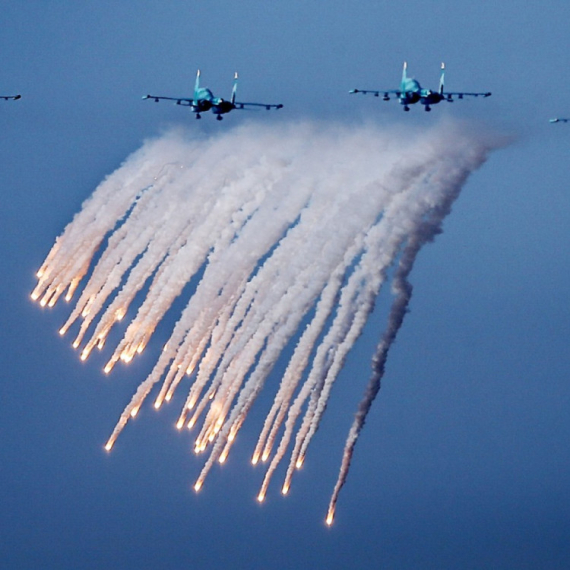




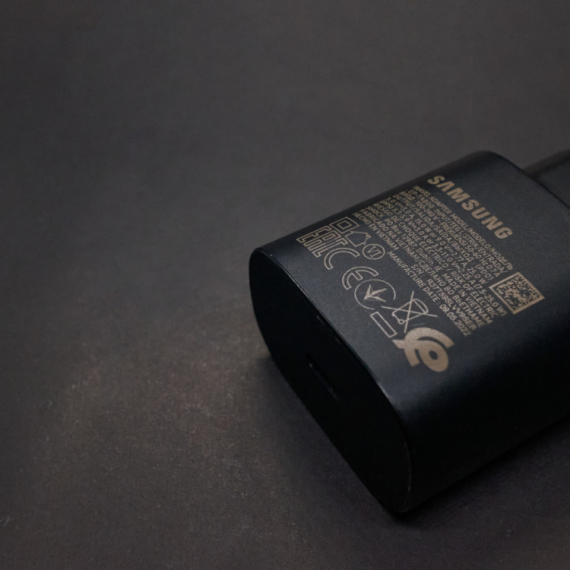












Komentari 29
Pogledaj komentare